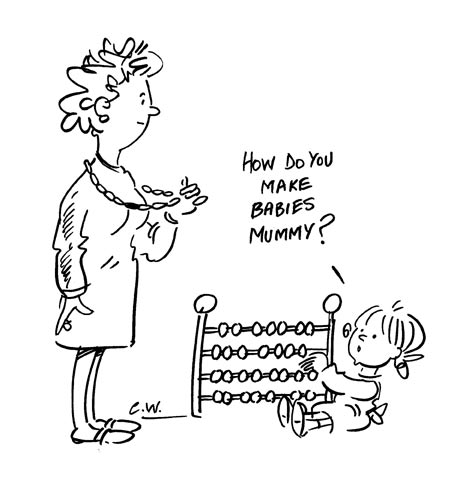|
|
Allergen-free fertility management |
Knowing exactly when she is fertile is critical for a woman, whether she wants to achieve a pregnancy or avoid one. This knowledge can be of particular help to those who need to steer clear of regular methods of contraception because of allergies or susceptibility to the effects of drugs. For women whose cycles are between 26 and 32 days, a simple visual aid – a string of 32 colour-coded 'CycleBeads' – can help identify those days when conception is most likely, thus allowing women to manage their fertility easily and effectively. The days are tracked using a black ring which is moved, one day at a time, in the direction of an arrow marked on the clasp. The colour of the beads indicates whether or not conception is likely. More about CycleBeads – now available in a new deluxe version! CycleBeads were developed by Georgetown University Medical Center's Institute for Reproductive Health as part of the Standard Days Method (SDM) of natural family planning – a simple, modern method derived from highly sophisticated analyses of menstrual cycle details provided by more than 7,500 women. The details were collated by computers and, taking into account all aspects of fertility, including ovulation and the typical lifespan of both sperm and eggs. They were then analysed to reveal that the 12-day 'fertile window' of the menstrual cycle is days eight through 19. A recent study has shown SDM to be easy to use and more than 95% effective, if used as recommended. However, if the method is not followed consistently, or if a woman's cycle falls outside of the 26 to 32 day range, the effectiveness of SDM in preventing pregnancy will be reduced. Primary reasons given for choosing the Standard Days Method were the absence of any adverse effect on a woman's health, and its low cost. First published in October 2008 |











